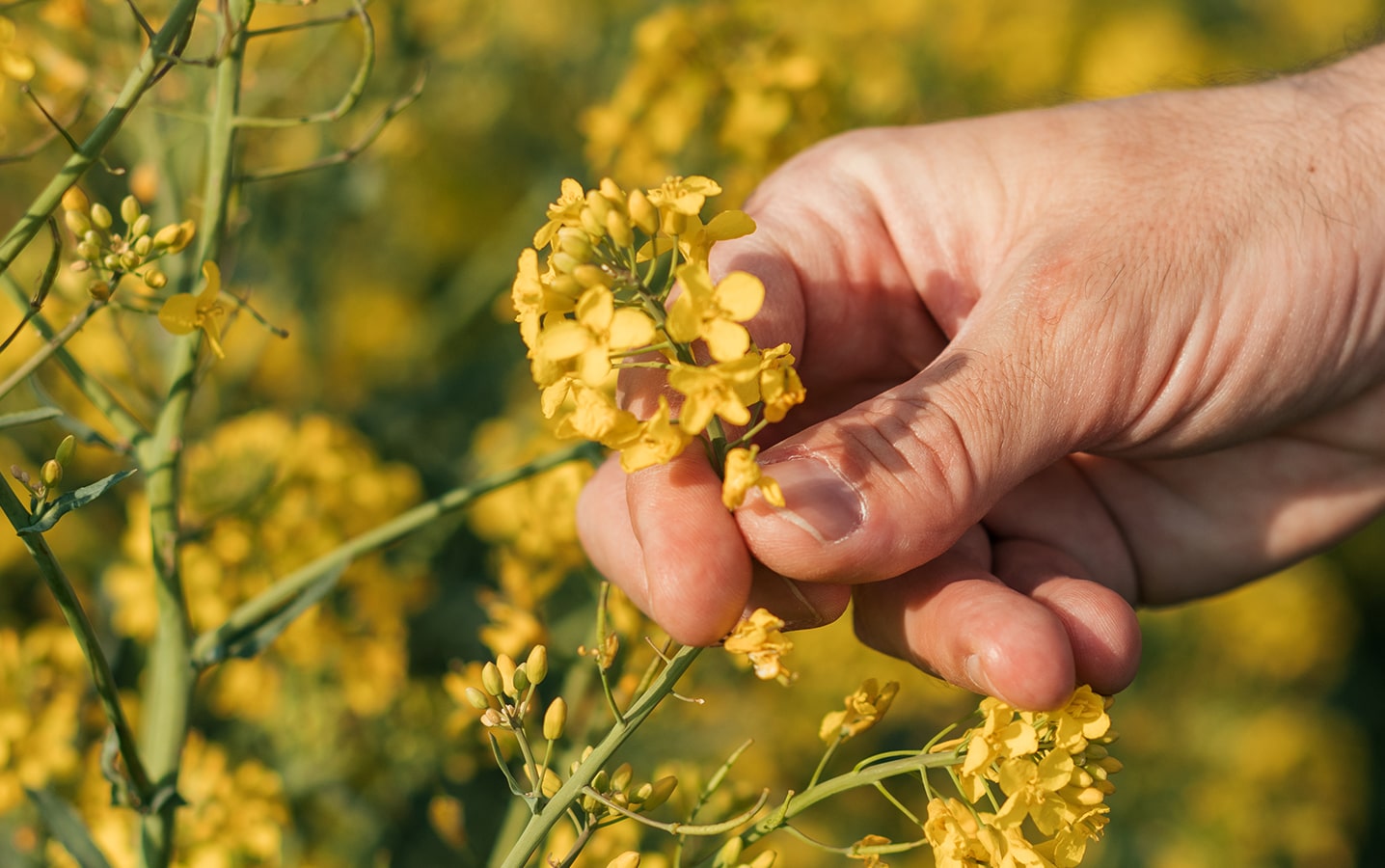Highlights from plant establishment research
Agronomy recommendations for canola establishment are based on research, including the five projects described below. This short article is just a sample of the research results posted on the newly redesigned Canola Research Hub at canolaresearch.ca.
- Christiane Catellier with Indian Head Agricultural Research Foundation compared seed sizes in a small-plot field trial in 2018. Trials at five Saskatchewan locations compared two different seed lots from LibertyLink (4.3 and 5.5g TKW) and Roundup Ready (4.8 and 5.9g TKW) varieties. The study, which compared three canola seeding rates (five, 10 and 15 seeds per square foot), concluded that overall, the most economic and least risky seeding rate to achieve adequate plant stand population in this study would be at or near the seeding rate of 10 seeds per square foot.
- Yantai Gan with AAFC led a survey of the best management practices of more advanced and experienced canola producers across the major canola production zones of Western Canada in 2011-2012. Along with large variation in farming practices and approaches, it was noted that actual plant density should be used in predicting canola crop yields. Furthermore, producers should take note of typical seed survival in their regions, and adjust their seeding rate accordingly to achieve the target plant stand.
- Ken Coles with Farming Smarter examined the impact of precision planters on canola stand establishment in southern Alberta. The study concluded that under favourable conditions for crop growth, spatially uniform crop stands established by precise placement of seeds allow for more efficient utilization of resources by individual plants, and less inter-plant competition. This led to better crop growth and yield.
- Aaron Glenn with AAFC ran a 2010-12 study at four sites across the Prairies to see how stubble height affected canola emergence. Glenn found that crop residue height (wheat stubble cut at 20 cm, 50 cm, and/or harvested with a stripper header) had no consistent significant effects on canola emergence, disease pressure or yield at any of the sites.
- Bob Blackshaw with AAFC ran a two-year study comparing six different openers in small plot replicated trials across different soil types in Western Canada and a field-scale study using farmers’ seeding equipment. He found that increasing seeding speed will reduce the precision of canola seed placement and thereby reduce the percentage of canola seeds that emerge — no matter which opener you use.
To read more about any of these projects, go to CanolaResearch.ca and select the ‘Plant Establishment’ topic under the filtering options (providing on the left side of the screen). All of these studies can be found under that heading.





